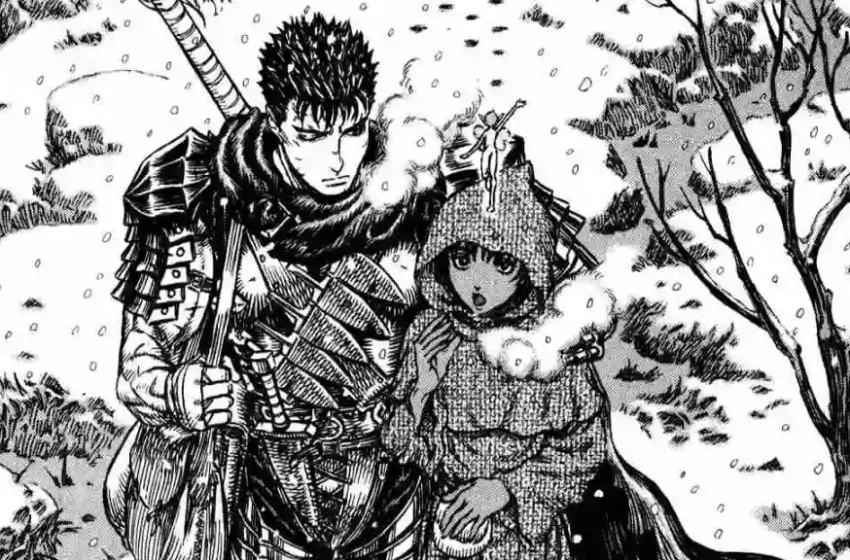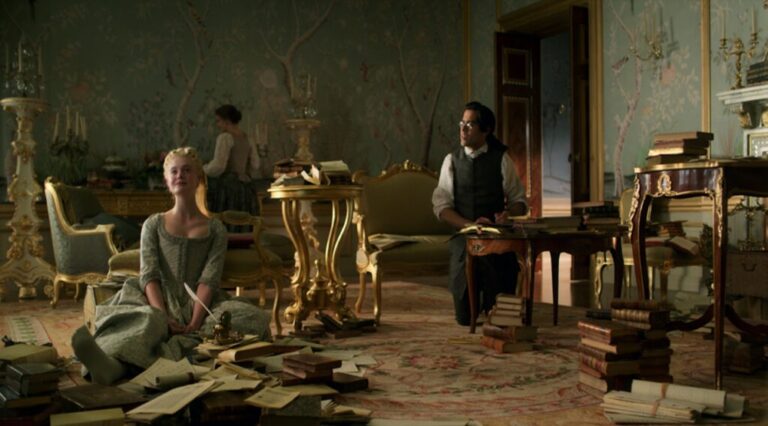Kentaro Miura, the creative genius behind the dark fantasy masterpiece “Berserk,” is celebrated as one of the most influential mangaka (manga artists) of his generation. His magnum opus, “Berserk,” has captivated readers for decades with its intricate storytelling, unforgettable characters, and hauntingly detailed artwork. In this article, we will explore the life and creative journey of Kentaro Miura, shedding light on the making of the “Berserk” manga and the indelible impact it has had on the world of manga and anime.
Early Influences and Beginnings
Kentaro Miura was born on July 11, 1966, in Chiba City, Japan. His early influences included the works of influential mangaka like Osamu Tezuka, the creator of “Astro Boy,” and Hiroshi Hirata, known for his historical samurai manga. These early encounters with manga ignited Miura’s passion for the medium and set the stage for his own creative journey.
Miura’s first major work, “Futatabi,” was published in a school magazine when he was just ten years old. It showcased his early talent for storytelling and artistry. As he honed his skills, he continued to create original manga throughout his adolescence.
The Birth of “Berserk”
“Berserk” was born when Kentaro Miura was still a student at Nihon University’s visual arts college. He began working on the series in 1988, and the manga officially premiered in “Monthly Animal House” magazine in 1989. From its inception, “Berserk” stood out as a dark and ambitious project that would challenge the boundaries of the medium.
The series introduces readers to a brutal and unforgiving world, where grotesque demons, morally ambiguous characters, and existential themes are central to the narrative. Miura’s meticulous attention to detail and his ability to convey a sense of horror and despair through his artwork set “Berserk” apart from its contemporaries.
Miura’s creative vision for “Berserk” was not confined to the typical conventions of manga. He drew inspiration from various sources, including European medieval history, mythology, and classic literature. These influences contributed to the series’ unique blend of dark fantasy and philosophical exploration.
The Craftsmanship of Kentaro Miura
One of the defining features of “Berserk” is the level of craftsmanship evident in every page of the manga. Miura’s commitment to excellence and his dedication to his craft are legendary within the industry.
His artistic prowess is particularly evident in his ability to depict complex and intricately detailed battle sequences, as well as the grotesque and nightmarish creatures that populate the “Berserk” world. Miura’s mastery of panel composition and his use of shading and line work create a visceral and immersive experience for readers.
Miura’s characters are equally remarkable. From the stoic and enduring Guts to the enigmatic Griffith (later known as Femto), each character is meticulously designed and layered with depth and complexity. Miura’s attention to character development and psychology adds a richness to the narrative that resonates with readers on a profound level.
The Long Road of Serialization
One of the most remarkable aspects of Kentaro Miura’s creative journey was his unwavering commitment to the “Berserk” manga. Spanning over three decades, “Berserk” became a lifelong project for Miura. His dedication to the series was evident in the painstaking level of detail he put into each chapter, often leading to lengthy gaps between releases.
While the irregular release schedule frustrated some fans, it also allowed Miura the time and space to ensure that each installment of “Berserk” met his high standards of quality. His relentless pursuit of excellence was a testament to his creative integrity and his desire to give readers the best possible experience.
The Themes of “Berserk”
“Berserk” is a complex and multi-layered narrative that delves into a wide range of themes. Miura’s storytelling explores the darkest aspects of the human condition, including themes of trauma, ambition, betrayal, and the corrupting influence of power.
At its core, “Berserk” is a story of personal struggle and redemption. The protagonist, Guts, undergoes a transformation from a young and reckless warrior into a battle-hardened and emotionally complex figure. His journey is marked by moments of introspection, self-discovery, and personal growth.
The series also grapples with the concept of fate and free will, as characters are often at the mercy of supernatural forces that manipulate their destinies. Miura’s exploration of existential themes, such as despair, nihilism, and the search for meaning, adds depth to the narrative and elevates “Berserk” beyond the realm of traditional manga.
Impact and Legacy
Kentaro Miura’s creative vision and the enduring success of “Berserk” have left an indelible mark on the world of manga and anime. The series has garnered a dedicated and passionate fanbase around the globe, inspiring countless creators and artists.
“Berserk” has also seen adaptations into various forms of media, including anime, video games, and novels. While some of these adaptations have faced challenges in capturing the depth and complexity of the source material, they have introduced “Berserk” to new audiences and contributed to its lasting legacy.
Tragically, Kentaro Miura’s sudden passing in May 2021 sent shockwaves through the manga and anime community. Fans and fellow creators mourned the loss of a visionary artist who had left an indelible mark on the industry. Miura’s dedication to his craft and his commitment to storytelling continue to serve as an inspiration to aspiring mangaka and artists worldwide.
Conclusion
Kentaro Miura’s creative vision and the making of the “Berserk” manga stand as a testament to the power of storytelling and artistic dedication. His lifelong commitment to crafting a dark fantasy masterpiece has left an indelible impact on the world of manga, influencing generations of fans and creators alike. “Berserk” remains a timeless classic, celebrated for its intricate narrative, complex characters, and hauntingly detailed artwork, ensuring that Kentaro Miura’s legacy will endure for years to come.










